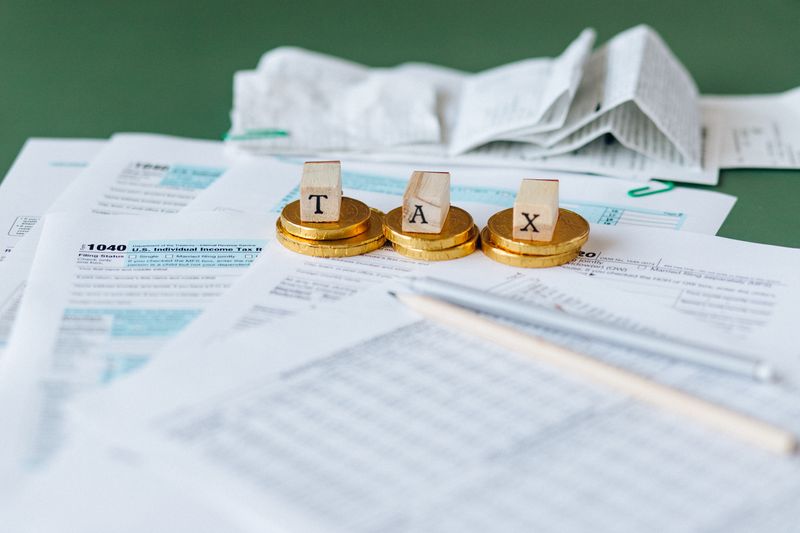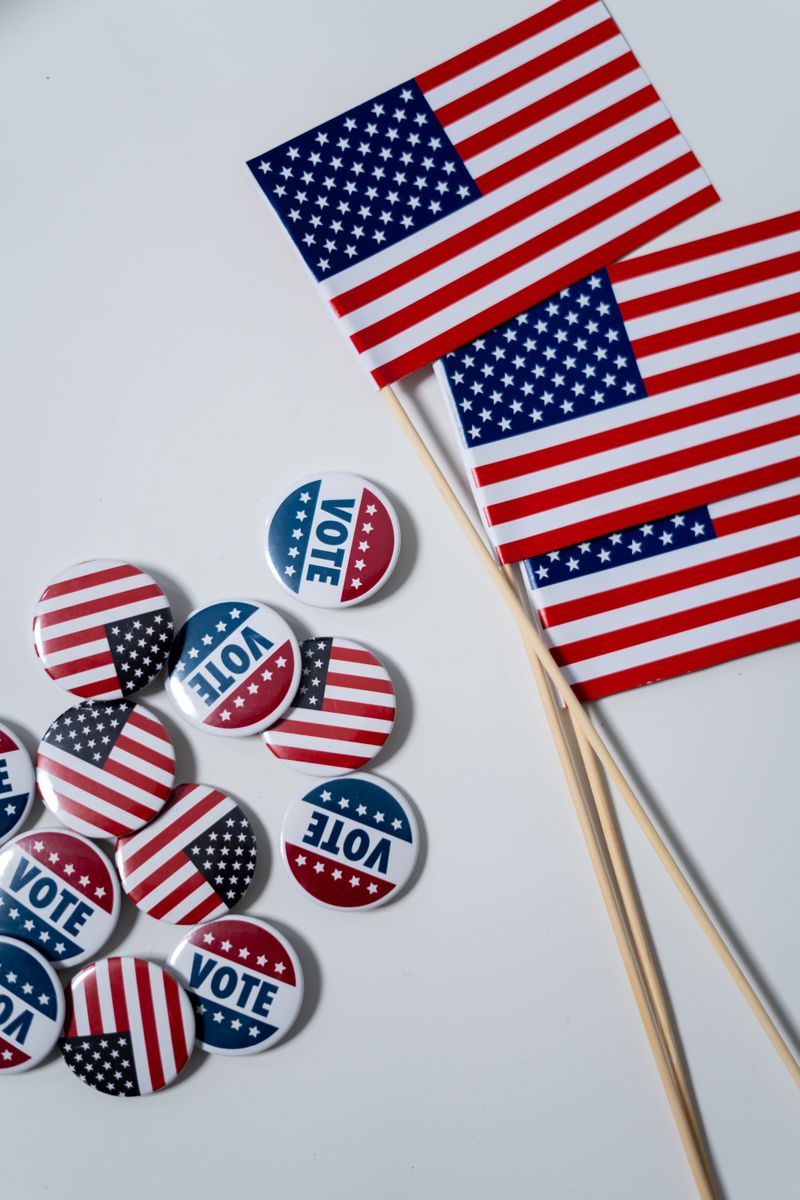The Biden Administration’s Student Loan Forgiveness Plan
1. What is Biden‘s plan?
President Joe Biden unveiled a plan in 2022 to use executive action to forgive a significant amount of government student loans. The aim was to alleviate the burden of the $1.8 trillion federal education debt, which has more than tripled over the past 15 years. The relief package is specifically targeted at individuals with annual incomes of less than $125,000 or households with incomes of less than $250,000. The plan provides up to $10,000 in debt relief for most borrowers and up to $20,000 for those who have received Pell grants, federal awards for undergraduates with exceptional financial need. Approximately 43 million borrowers are eligible for this plan, and the White House estimates that it will cancel the remaining balances for almost half of them. The New York Federal Reserve calculates that the plan would wipe out more than $400 billion in debt. As of November, around 26 million people had already applied for forgiveness, but the applications have been paused while legal challenges against the plan are resolved.
2. Who would be left out?
According to Education Department data from the end of 2022, there are approximately 15.1 million borrowers who owe $10,000 or less, and 27.4 million borrowers with debt ranging from $10,000 to $100,000, though some of these borrowers are eligible for up to $20,000 in relief due to being Pell Grant recipients. Only 3.4 million borrowers owe more than $100,000, including around 1 million with debt exceeding $200,000, many of whom are likely current or former graduate students. The debt forgiveness plan also includes Parent PLUS loans, which are awarded to parents who need help paying for their children’s undergraduate studies. In total, 3.7 million parents are carrying $108.5 billion of their children’s student debt. It’s important to note that private loans are not eligible for the forgiveness program.
3. Other actions taken by the Biden administration
On his first day in office, President Biden directed the Education Department to extend the freeze on federal student loan payments and maintain the 0% interest rate, meaning no interest accumulates during the freeze. This moratorium was initially implemented in 2020 as part of the pandemic relief effort. Biden extended the freeze when he announced the debt relief plan in August 2022. However, the Education Department has stated that payments will resume by the end of August or 60 days after the litigation is resolved. Due to a provision in the debt-ceiling deal, the Education Department is barred from further extensions of the freeze. The Biden administration has already forgiven targeted amounts of debt, including $5.8 billion for students defrauded by Corinthian Colleges Inc.
4. Arguments in favor of the debt-canceling plan
Supporters of the debt-canceling plan argue that it can help struggling borrowers avoid default and the negative impact it can have on their credit reports. Some see it as a matter of generational fairness, emphasizing that no previous cohort has had to shoulder such a heavy student debt burden upon entering adulthood. There is also a racial equity component to the plan, as canceling $10,000 in debt for all borrowers, regardless of income, could eliminate loan balances for 2 million Black borrowers and reduce the Black-White gap in the share of individuals with student debt. Furthermore, data cited by Senator Elizabeth Warren indicates that Black borrowers are twice as likely to have received Pell Grants compared to white borrowers.
5. The court case and challenges to the plan
The plan faces legal challenges before the Supreme Court. Six Republican-led states argue that it exceeds the president’s authority. A federal trial judge has already blocked the program, leading to the Supreme Court agreeing to hear the administration’s appeal on an expedited basis. The court has expanded the case to include arguments from two borrowers who claim to be unfairly excluded from the full benefits of the program. Some legal experts have expressed skepticism about the viability of Biden‘s plan. The administration is relying on a 2003 law, the Heroes Act, to argue that it has the legal authority to cancel debt due to the financial hardship caused by the pandemic. The conservative majority of the court, however, has previously blocked measures based on the argument of emergency circumstances caused by the pandemic. They have used the “major questions doctrine” to rein in expansions of agency authority not explicitly authorized by Congress. During oral arguments in February, the conservative majority also expressed skepticism about the validity of the plan.
6. Criticisms of the plan
Critics of the plan argue that it would be unfair to those who have already paid back their student loans or who worked their way through college to avoid debt. Some progressive activists, including Senator Elizabeth Warren, have called for forgiving as much as $50,000 in loans, while others advocate for more targeted relief for specific groups such as borrowers who did not finish their degrees. Some student loan advocates stress the importance of making forgiveness automatic or reducing bureaucratic hurdles that have plagued previous student loan repayment programs. It’s important to note that while debt forgiveness can provide immediate relief, it does not address the underlying issue of the rising cost of higher education.
Editorial and Advice
The Moral Dilemma of Student Loan Forgiveness
The issue of student loan forgiveness raises important philosophical and ethical questions that warrant careful consideration. On one hand, the burden of student loans can have severe consequences for individuals and society as a whole. Heavy student debt can limit economic mobility, hinder financial independence, and perpetuate social inequality. Student loan forgiveness can alleviate these burdens and provide individuals with a fresh start. It can be seen as a means of correcting past injustices and ensuring equal opportunities for all.
However, the moral dilemma arises when we consider the potential unfairness of forgiving student loans. Critics argue that it is unfair to those who diligently repaid their loans or worked their way through college without accumulating debt. This raises questions of personal responsibility and the potential unintended consequences of blanket forgiveness. Should those who have already paid off their student loans be rewarded? Is it fair to redistribute the burden of student debt repayment to taxpayers who may not have benefited from higher education themselves?
A Balanced Approach to Student Loan Forgiveness
To address these concerns, a balanced approach to student loan forgiveness is needed. This could involve targeted relief for specific groups such as low-income borrowers or those who were defrauded by predatory for-profit colleges. It could also include measures to make loan repayment more manageable and transparent, such as simplifying the application process for existing loan forgiveness programs.
Moreover, it is crucial to address the underlying issue of the rising cost of higher education. Forgiving existing student debt does not tackle this problem at its root. Efforts should be made to address the soaring tuition fees and explore alternative models of funding higher education. This may include greater investment in public universities, expanding need-based financial aid, and encouraging partnerships between universities and private sectors to create more affordable education options.
Additionally, enhancing financial literacy and education is crucial to empower individuals to make informed decisions about student loans and to navigate the complex landscape of higher education financing. By promoting financial literacy from an early age and providing resources for borrowers to understand the long-term implications of student debt, we can prevent future generations from falling into the same cycle of crippling debt.
Conclusion
The issue of student loan forgiveness is complex and multifaceted. While it is important to provide relief for borrowers burdened by student debt, it is equally important to consider the potential unintended consequences and ethical implications of blanket forgiveness. A balanced approach that includes targeted relief, addressing the rising cost of education, and promoting financial literacy is needed to ensure fairness, social mobility, and long-term sustainability in higher education financing.

<< photo by regularguy.eth >>
The image is for illustrative purposes only and does not depict the actual situation.
You might want to read !
- Supreme Court Limits State Legislature Authority: A Case of Federalism in Flux
- “Will the Supreme Court Deliver Student Debt Relief? Exploring the Implications”
- Editorial Exploration: Exploring the Legacy of Superman That David Corenswet and Rachel Brosnahan Bring to the Iconic Character
Title of the Article: “Superman: Legacy Explored Through David Corenswet and Rachel Brosnahan’s Casting”
- The Future of Student Loan Forgiveness: Examining the Implications of the Supreme Court Ruling
- Supreme Court Decision on Student Loan Debt Relief: Shaping the Future of Borrowers
- The Evolution of Hollywood’s Rising Stars: David Corenswet and Rachel Brosnahan
- Farewell to Civility: Baier and MacCallum Tackle GOP Debate Chaos
- Exploring the Timeless Legacy of Astrud Gilberto, the Inimitable Voice of bossa nova, Who Died at 83.
- The state of India’s railway system: Examining safety concerns following train accidents
- A Deep Dive into a Catastrophic Implosion: Exploring the Perils of the Titan Submersible
- From Ground to Sky: A Deep Dive into Lightning Detection
- Exploring NBA YoungBoy’s ‘Richest Opp’ LP: A Deep Dive into his Latest Release.




